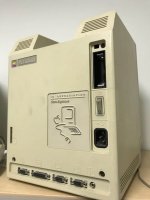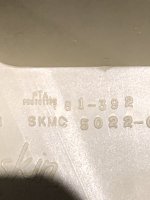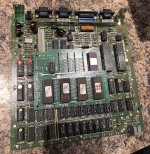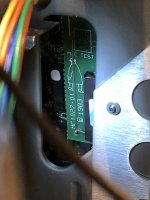unity
Well-known member
Well the prototype is just that so I doubt the badging was anything official and more or less a parts bin grab to dress it up, possible well after it was made.
All shipping Macs had the logo left/badge on the right. Even the ones made in December of 1983. The only thing that really changed in the cases that were "official", beyond very minor mold adjustments, were the signatures. But I think we all know how those changed over time.
By the way Trash, that pic you posted of the 128k is a good example of those reward top vents being revised but the molding work to clean it up being poor. You can see the outline of the longer original vents from cases with no top vents. If you look at later molds they were cleared up for two reasons. More molds were made to increase production yields and they simply got around to polishing the original molds up when they had more molds in production and could pull them from the line. Given the level of perfection, I am really surprised Jobs let that very visible cosmetic flaw through.
All shipping Macs had the logo left/badge on the right. Even the ones made in December of 1983. The only thing that really changed in the cases that were "official", beyond very minor mold adjustments, were the signatures. But I think we all know how those changed over time.
By the way Trash, that pic you posted of the 128k is a good example of those reward top vents being revised but the molding work to clean it up being poor. You can see the outline of the longer original vents from cases with no top vents. If you look at later molds they were cleared up for two reasons. More molds were made to increase production yields and they simply got around to polishing the original molds up when they had more molds in production and could pull them from the line. Given the level of perfection, I am really surprised Jobs let that very visible cosmetic flaw through.












